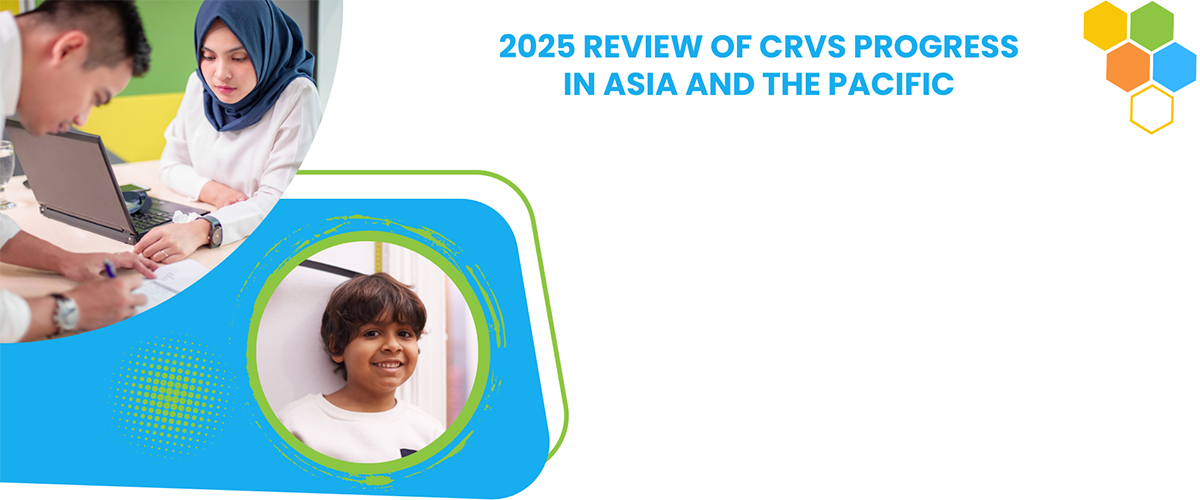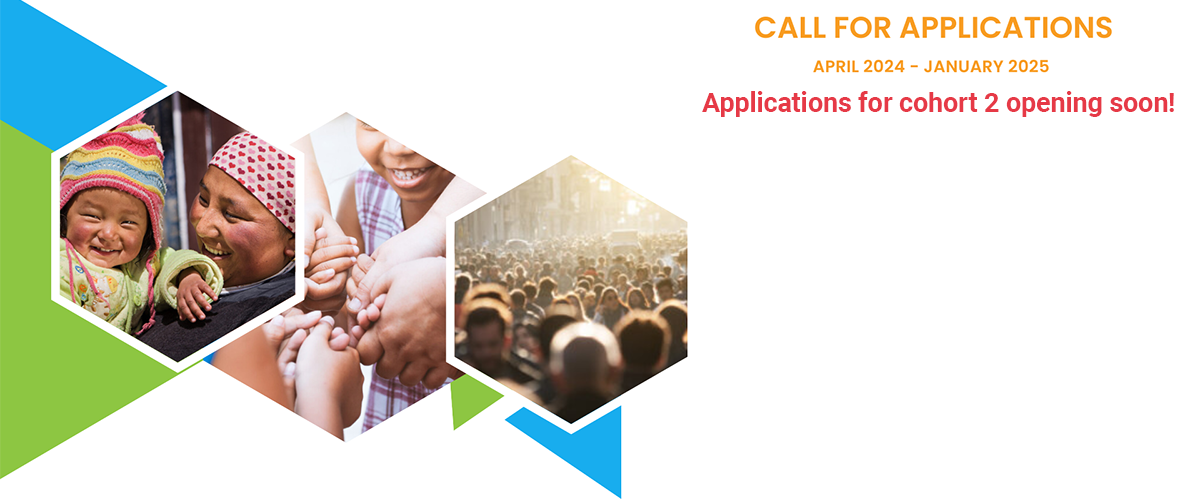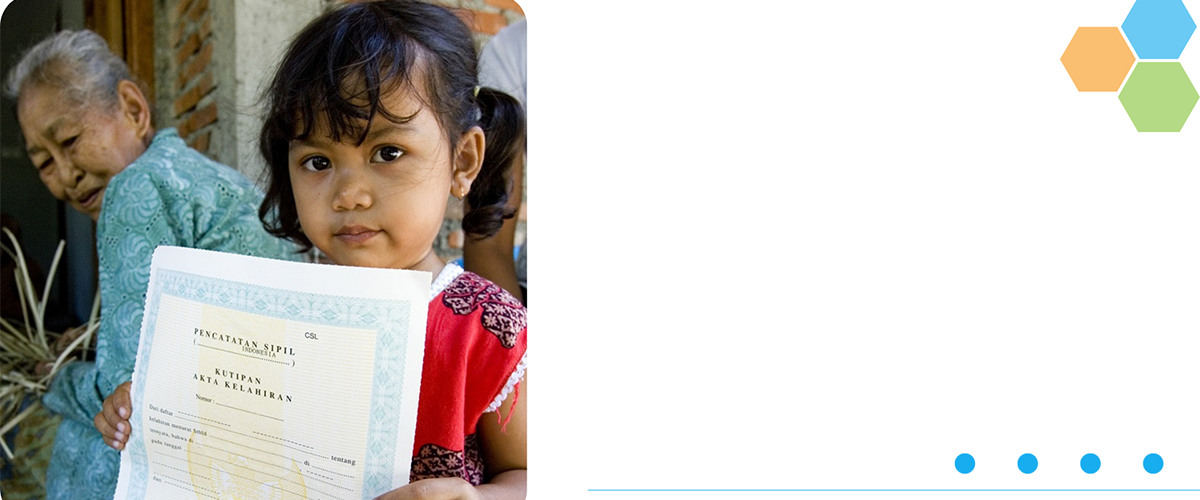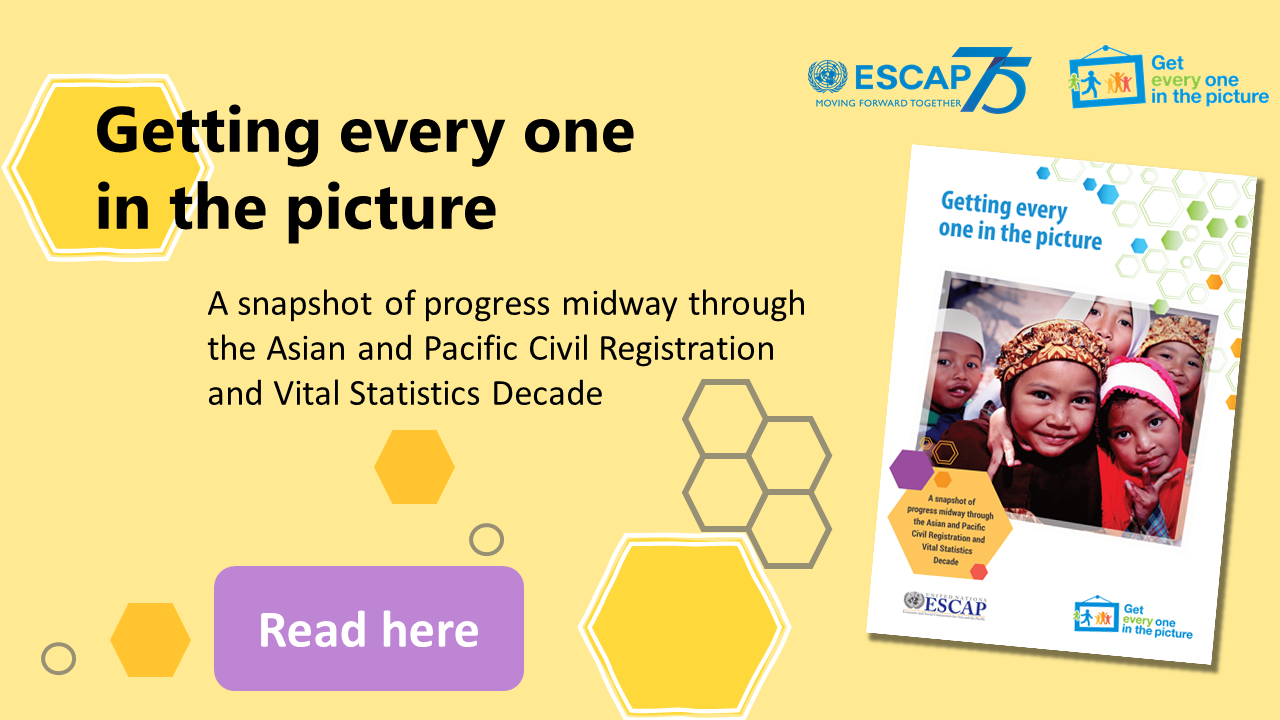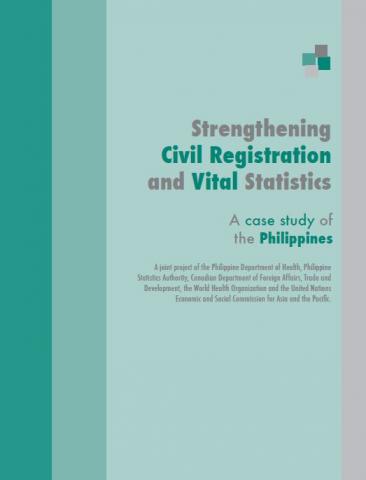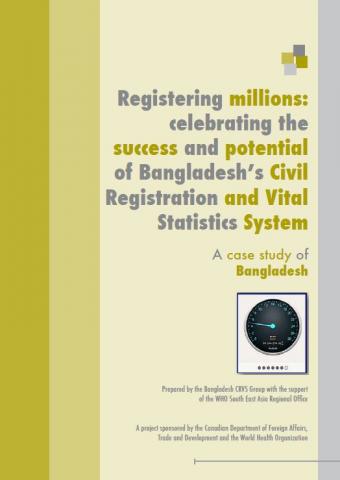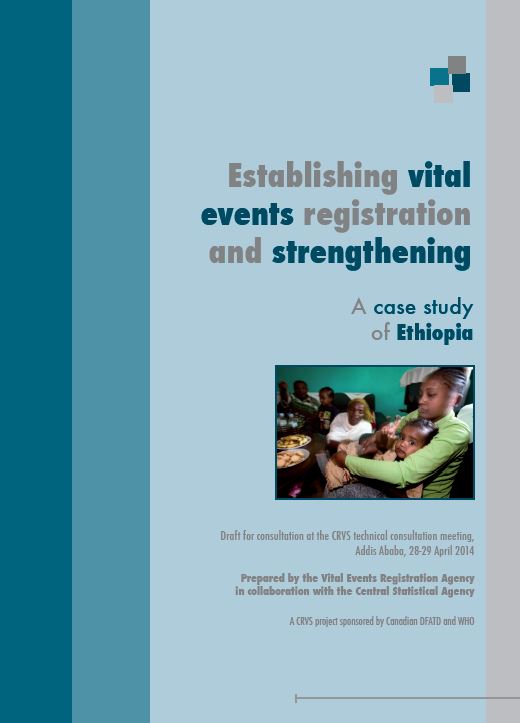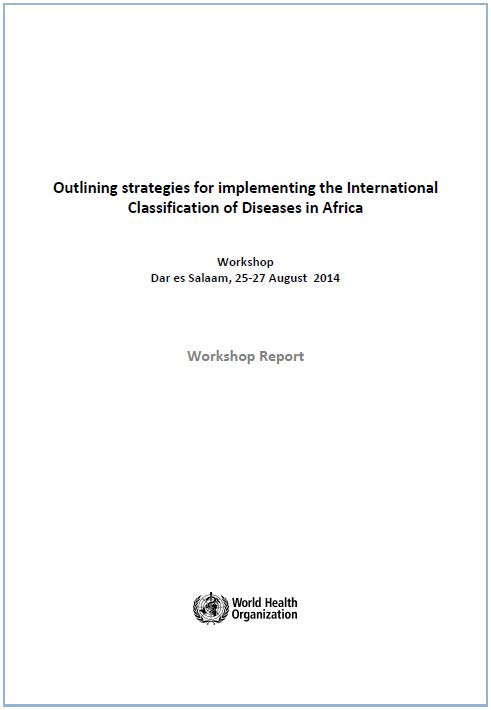Start-Up ICD-10 Mortality List (SMoL) for DHIS2
The Start-Up Mortality List (SMoL) has been designed to be in line with the International Classification of Diseases version 10 (ICD-10), and informs setting public health priorities and tracking progress towards national and international targets and goals such as the post-2015 health and development agenda. This list is designed to be a first step towards standardized reporting of causes of death. Countries lacking the capacities to code to ICD-10 3- or 4-digits should use the SMoL.


